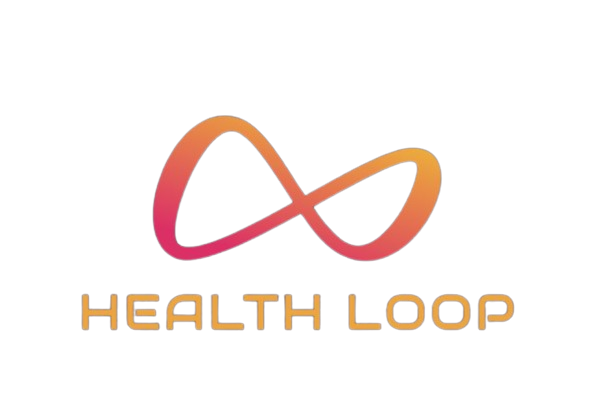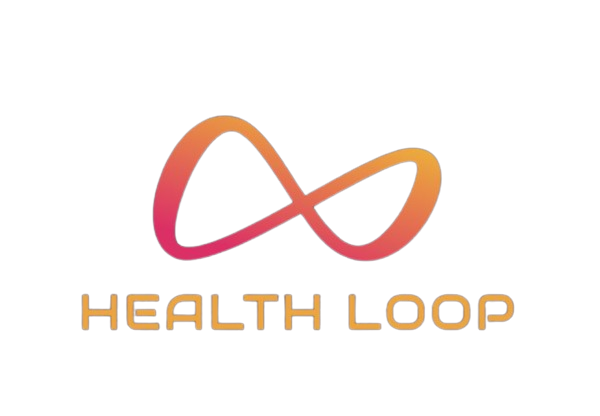Varicose blood vessels para que sirve hondrexil are an usual condition that affects countless people worldwide. They happen when blood vessels become bigger, inflamed, and twisted, appearing as dark purple or blue bulges on the skin’s surface area. While varicose blood vessels typically establish in the legs, they can take place in various other parts of the body as well. This short article gives a comprehensive consider the causes, signs and symptoms, as well as treatment options for varicose capillaries.
Sources Of Varicose Veins
Varicose veins are largely caused by deteriorated or harmed valves within the blood vessels. Veins carry blood from different components of the body back to the heart. To stop the heartburn of blood, shutoffs within the capillaries open and close, enabling blood to move in one instructions. When these shutoffs end up being weak or damaged, blood can stream backward and swimming pool in the blood vessels, resulting in their enlargement as well as turning.
A number of aspects add to the development of varicose capillaries, consisting of:
- Age: The risk of varicose veins raises with age as the shutoffs in the capillaries normally deteriorate gradually.
- Gender: Females are more likely to create varicose blood vessels as a result of hormonal adjustments while pregnant and menopause.
- Family members history: If your parents or close family members have varicose blood vessels, you are more probable to establish them as well.
- Weight problems: Excess weight puts added pressure on the veins, boosting the risk of establishing varicose veins.
- Long term resting or standing: Line of work that require extended periods of resting or standing can add to the development of varicose blood vessels.
Signs of Varicose Veins
Varicose capillaries can cause a series of signs, consisting of:
- Visible dark purple or blue bulging veins.
- Aching or throbbing pain in the legs, particularly after long term periods of standing or sitting.
- Swelling, itching, or a feeling of heaviness in the legs.
- Cramping or restless legs, particularly during the night.
- Skin staining or abscess in serious situations.
While varicose capillaries are typically a cosmetic worry, they can bring about much more major issues, such as blood clots, blood loss, or skin ulcers. It is necessary to look for clinical focus if you experience consistent symptoms or if your varicose blood vessels are triggering discomfort.
Therapy Choices for Varicose Veins
Therapy for varicose capillaries intends to relieve symptoms, stop complications, and improve the appearance of the influenced blood vessels. The choice of treatment depends upon the intensity of the condition and also might consist of:
- Way of life changes: Simple way of life modifications such as routine exercise, preserving a healthy and balanced weight, boosting the legs, avoiding extended sitting or standing, and putting on compression stockings can assist alleviate signs and symptoms and stop varicose veins from worsening.
- Sclerotherapy: This treatment involves infusing a remedy straight right into the affected capillaries, triggering them to scar and close. With time, the treated capillaries fade and are soaked up by the body.
- Endovenous laser treatment: A minimally invasive treatment where a laser fiber is placed into the influenced capillary, releasing laser energy to heat and seal the capillary. The shut vein ultimately gets reabsorbed by the body, enhancing both symptoms as well as appearance.
- Venous ablation: Comparable to endovenous laser treatment, venous ablation utilizes radiofrequency energy or laser energy to warmth as well as shut off the influenced capillary.
- Capillary removing and also ligation: This surgery involves getting rid of or connecting off the impacted vein with little cuts.
- Phlebectomy: A minimally invasive treatment where small incisions are made to eliminate the damaged capillary making use of an unique hook.
Preventing Varicose Veins
While it might not be feasible to entirely stop varicose veins, specific steps can reduce the risk or delay their development:
- Normal workout: Participating in exercises that promote leg activity, such as strolling or swimming, can boost blood circulation and reinforce the blood vessels.
- Maintaining a healthy weight: Shedding excess weight can reduce pressure on the veins as well as lower the risk of varicose capillaries.
- Elevating the legs: Raising the legs above heart level whenever feasible assists advertise blood recede to the heart and also lowers the merging of blood in the veins.
- Avoiding long term sitting or standing: Taking breaks as well as turning frequently can help avoid blood from merging in the legs.
- Putting on compression stockings: These specially made stockings use stress to the legs, enhancing blood flow as well as decreasing the risk of varicose capillaries.
Conclusion
Varicose veins are a common condition characterized by enlarged, twisted blood vessels that can cause biodermalix discomfort and also aesthetic concerns. While they may not constantly lead to major problems, seeking medical focus as well as checking out treatment choices can provide relief and also protect against further problems. By comprehending the reasons, signs and symptoms, and also available treatments for varicose capillaries, people can make informed decisions to handle the problem effectively.


